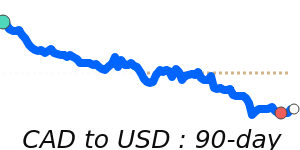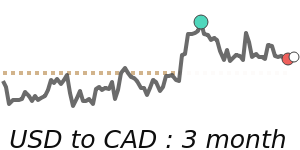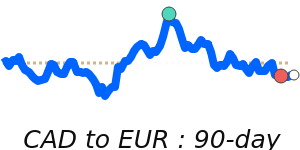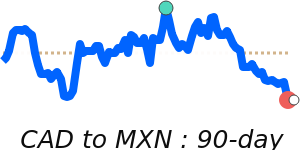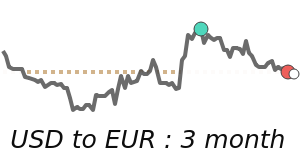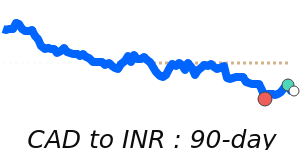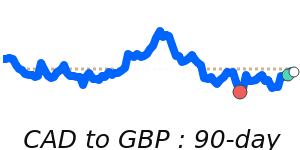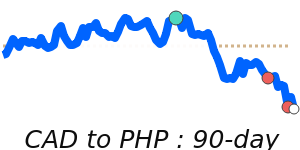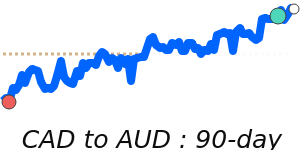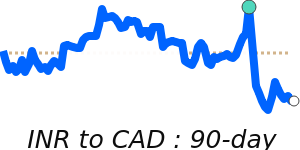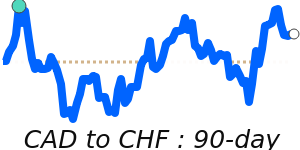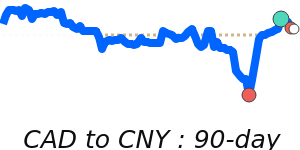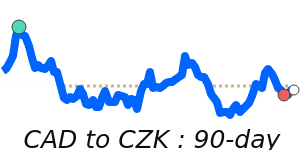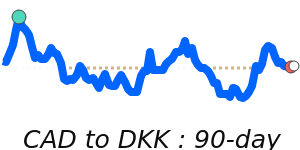The Canadian dollar (CAD) has recently shown resilience, supported by a surprising increase in exports and a favorable GDP growth rate. As reported, Canada’s economy expanded at an annualized rate of 2.6% in the third quarter, exceeding expectations and enhancing the confidence of investors in the loonie.
Despite these positive signs, the CAD faces ongoing challenges, particularly from the volatile oil market. On one hand, rising oil prices have historically bolstered the Canadian economy, but recent data shows oil prices decreasing to around $61.20, which is nearly 5% below the three-month average of $64.38. This drop can exert downward pressure on the CAD, given Canada's status as a major oil exporter. Analysts suggest that should oil prices continue to soften, the loonie may become vulnerable to depreciation.
The Bank of Canada also recently cut its key interest rate by 25 basis points to 2.25%, signaling a possible end to its easing cycle. This move could impact investor sentiment, as lower interest rates typically dissuade foreign investment. Furthermore, a decline in manufacturing, indicated by the S&P Global Canada Manufacturing PMI slipping to 48.4 in November, underscores ongoing headwinds in the economy.
In terms of performance against other currencies, the CAD to USD exchange rate at 0.7257 is currently 1.3% above its three-month average, demonstrating relative strength. Additionally, the CAD to GBP is also holding steady at 0.5427. Conversely, the CAD to EUR has recently dipped to seven-day lows at around 0.6180, and against the JPY, the CAD is notably higher at 113.0, reflecting a strong performance compared to its three-month average.
Given these mixed signals, the outlook for the Canadian dollar remains closely tied to global oil market trends, further developments in domestic economic indicators, and any future monetary policy adjustments from the Bank of Canada. Investors and businesses involved in international transactions should remain vigilant and consider these factors when planning to manage currency exposure effectively.
